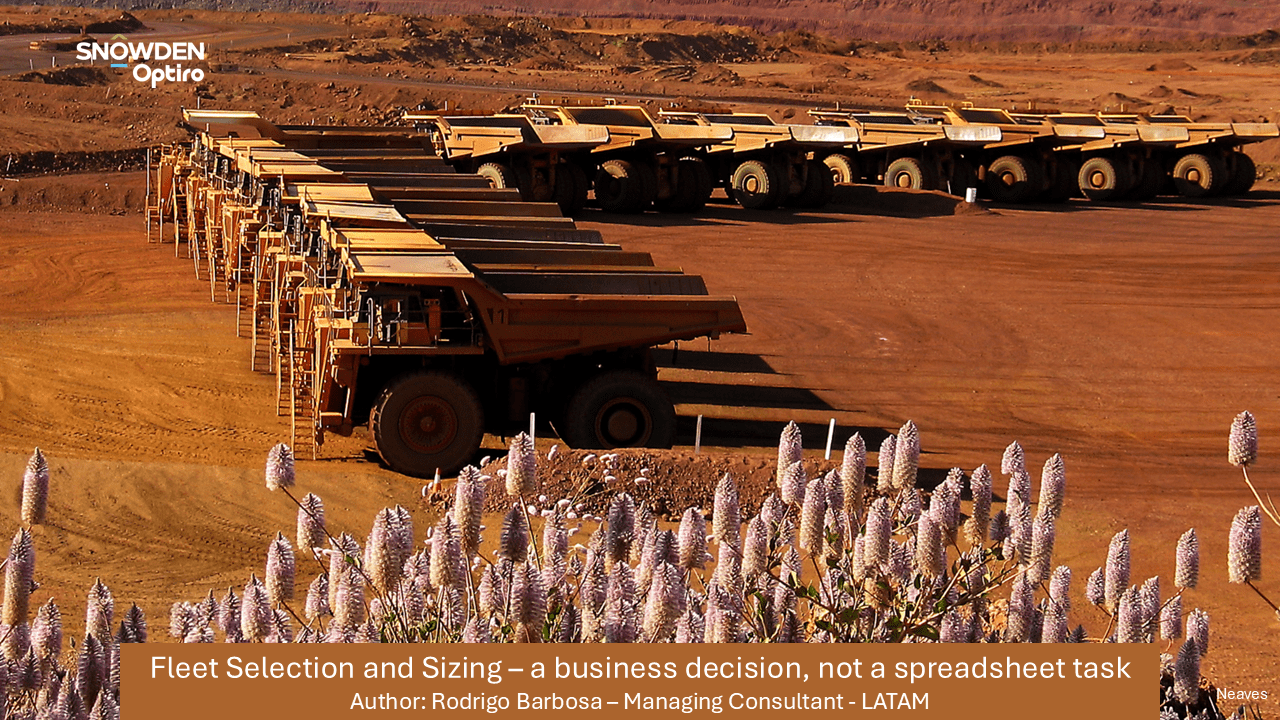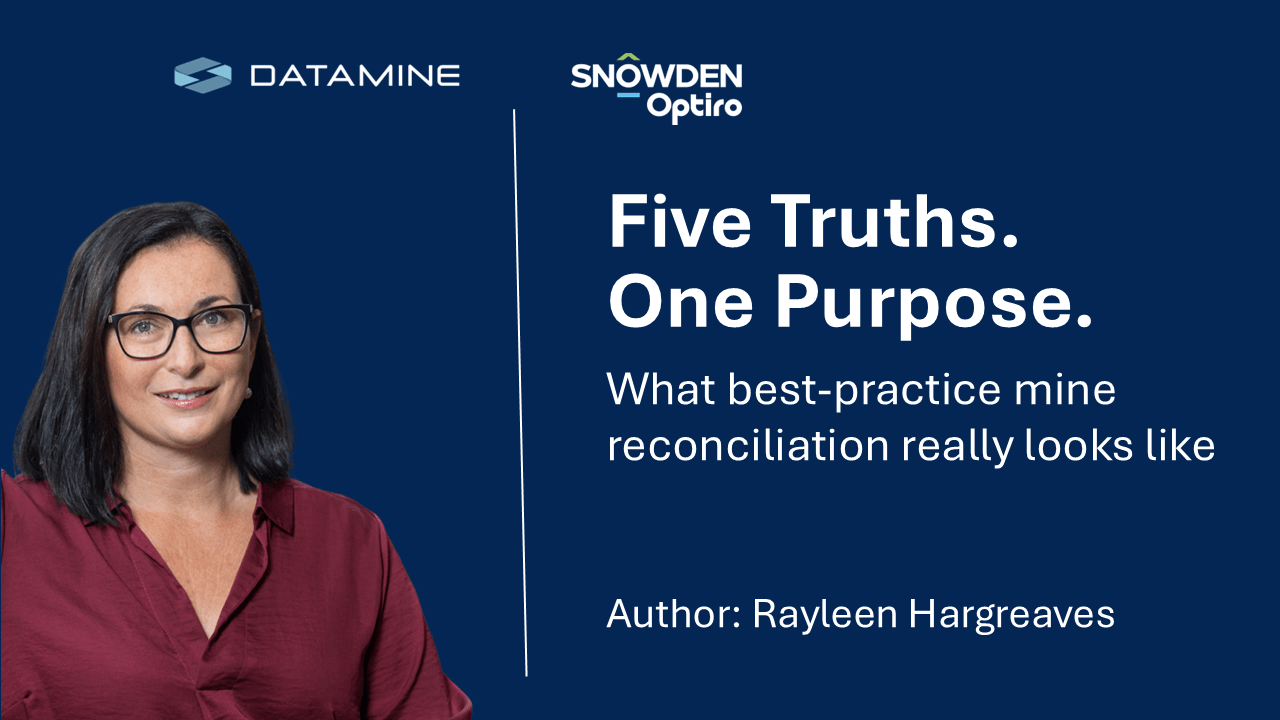
- news
Interview Series: Tarrant Elkington
Tarrant is the Global Manager at Snowden, based in our Perth office. We asked him a few questions to get to know him better.
Can you share a bit about yourself?
I consider myself a mining analyst. I like to connect the economic and technical elements of mining projects and operations to help identify opportunities to add value. Over nearly 15 years of consulting I have worked on over 200 projects across iron ore, base metals, precious metals and industrial minerals, in open pit and underground mines, on six continents.
I also have a very keen interest in business strategy and systems thinking. Hence, I have ended up filling many roles within Snowden, with my current role being Global Manager.
Q: Can you explain some of the challenges you consult to your clients on and how you help them improve?
Most of my consulting work is in mining studies (scoping, prefeasibility and feasibility), trying to optimise their mine plan, when considering all of the information that has been gathered to that point. This often means working with geologists and metallurgists to understand the orebody so that the right plan can be developed
However, I also consult often in Due Diligence exercises, where you quickly have to identify risks, issues and opportunities to help support a project valuation that is value accretive to our client. Here you have to understand the connection of the technical aspects to the financial to focus on material items.
Q: What inspired your career in this field?
My initial interest in mining was only in my last year of university. I started working for my father, who was producing some advanced cash flow analysis software for the mining industry. I helped to write the macros for the sensitivity and Monte Carlo analyses. It was in doing this I started to understand the economics of mining, and recognise the unique aspect of mining whereby its “engineering” had a very strong economic focus, unlike many other engineering disciplines. Then Allan Earl gave me the challenge to develop a tool to optimise underground mining strategy, and I was off. Ever since, I have always been inspired by the question of “how can we improve the economics of this mine?”
Q: What is the most satisfying aspect of your role?
A few things:
I enjoy seeing people in the team get an opportunity and do something amazing, beyond what I could have expected or hoped.
I love that moment you get the data on a new project, and for me it is then a race to “figure it out”
Dealing with (most) clients and trying to figure out what they need and then figure out how to deliver that.
Q: You’ve had the opportunity to travel to some interesting places around the world with your job – what have you seen and what impressions have you come away with?
I haven’t travelled to the exotic location that some have but I have been to six continents for my job, and that is a privilege. I am always amazed by the kindness, good humour and hospitality of the people I meet in the mining industry. It truly is a global industry of good people.
Q: What are your best memories from your career?
So many things:
Being given the freedom by a number of my early managers to learn on the fly and “do my own thing”. The rapid learning environment with so many different projects was amazing.
Working with some fantastic people and getting to travel and meet many other great people in the industry.
Seeing other people in the team enjoy what they are doing on a day-to-day basis.
Q: Who inspires you from your field and why?
It might sound like a cop-out, but lots of people. I am inspired when I see people in their “flow”: When they are doing something they love and are clearly great at. Whether it is Jacqui Coombes captivating an audience, Matt Cotterell explaining the intricacies of pit design, or Anthony Finch communicating and understanding clients’ needs; or many others. I try and learn from each person I work with.
Q: What’s a fun fact about you?
I recently found out that I am a descendent of a well-known geologist and explorer of his time, Lieutenant-Colonel Henry Haversham Godwin-Austen, who had a glacier in the Himalayas named after him (Godwin Austen Glacier), and for a time had the K2 mountain named after him (Mount Godwin-Austen). My young son is named Austen.
Connect with Tarrant on LinkedIn.


Related Posts
We provide a lot of great technical content for free!
Subscribe here for our podcasts, technical articles and news


